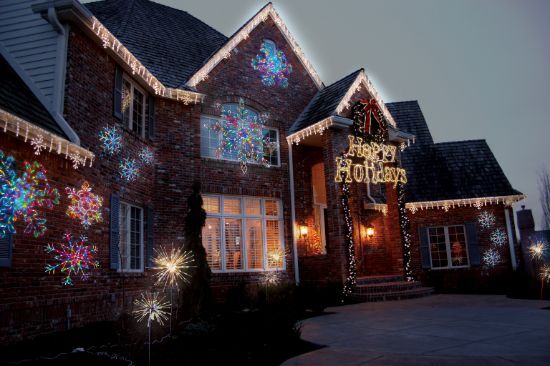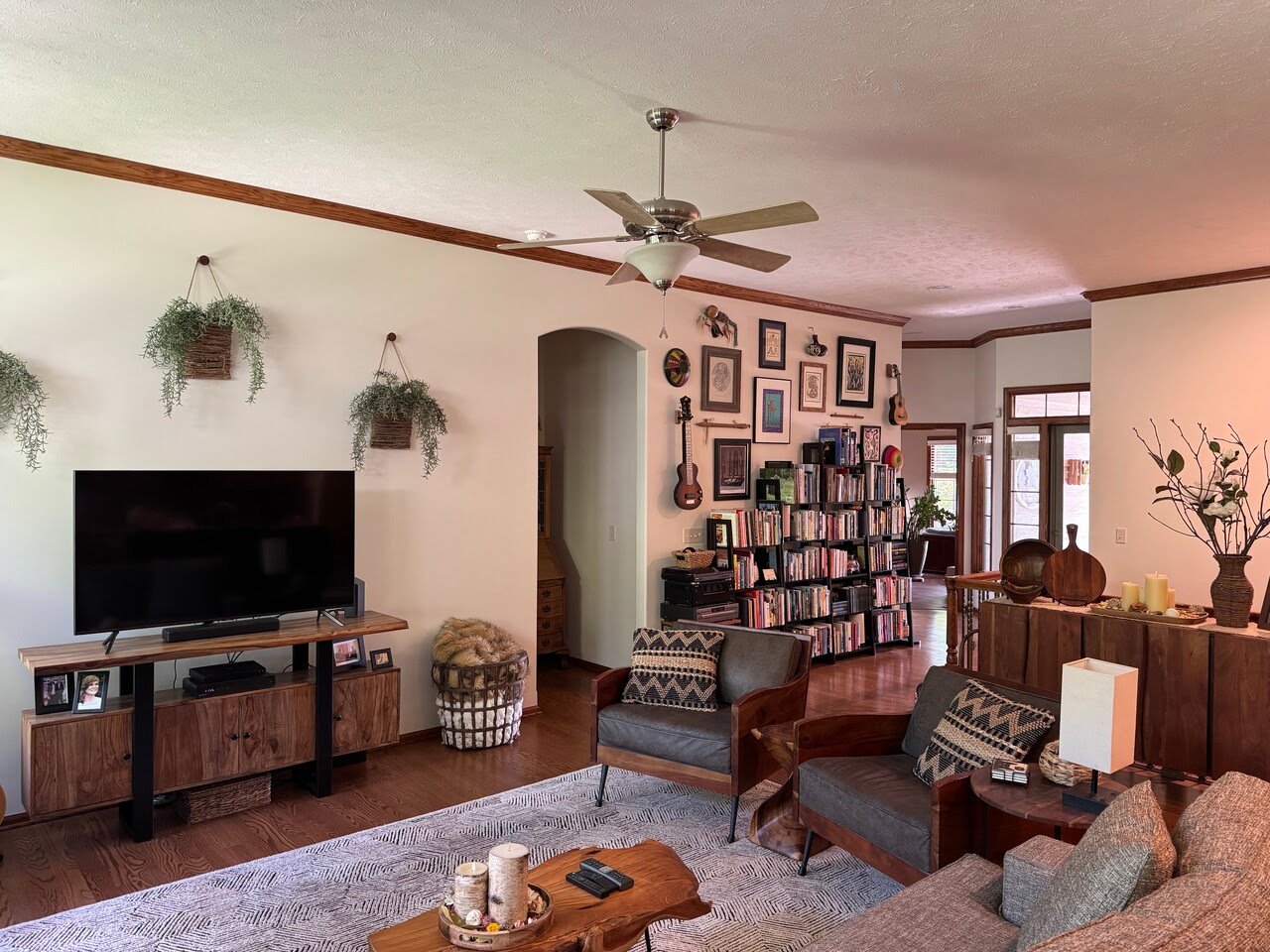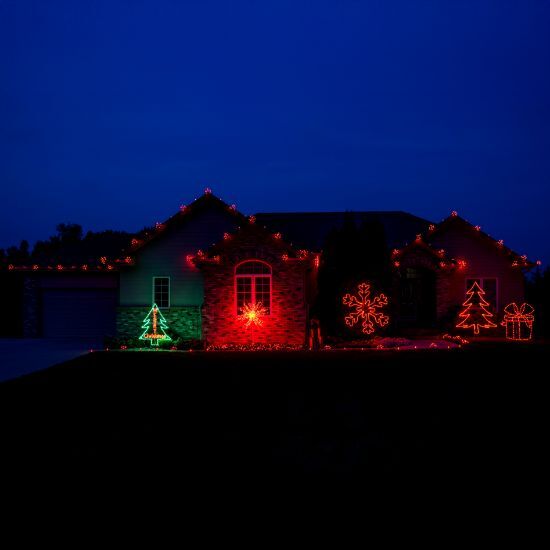Do You Have to Sand a Deck Before Staining in Omaha?
October 25th, 2024
4 min read
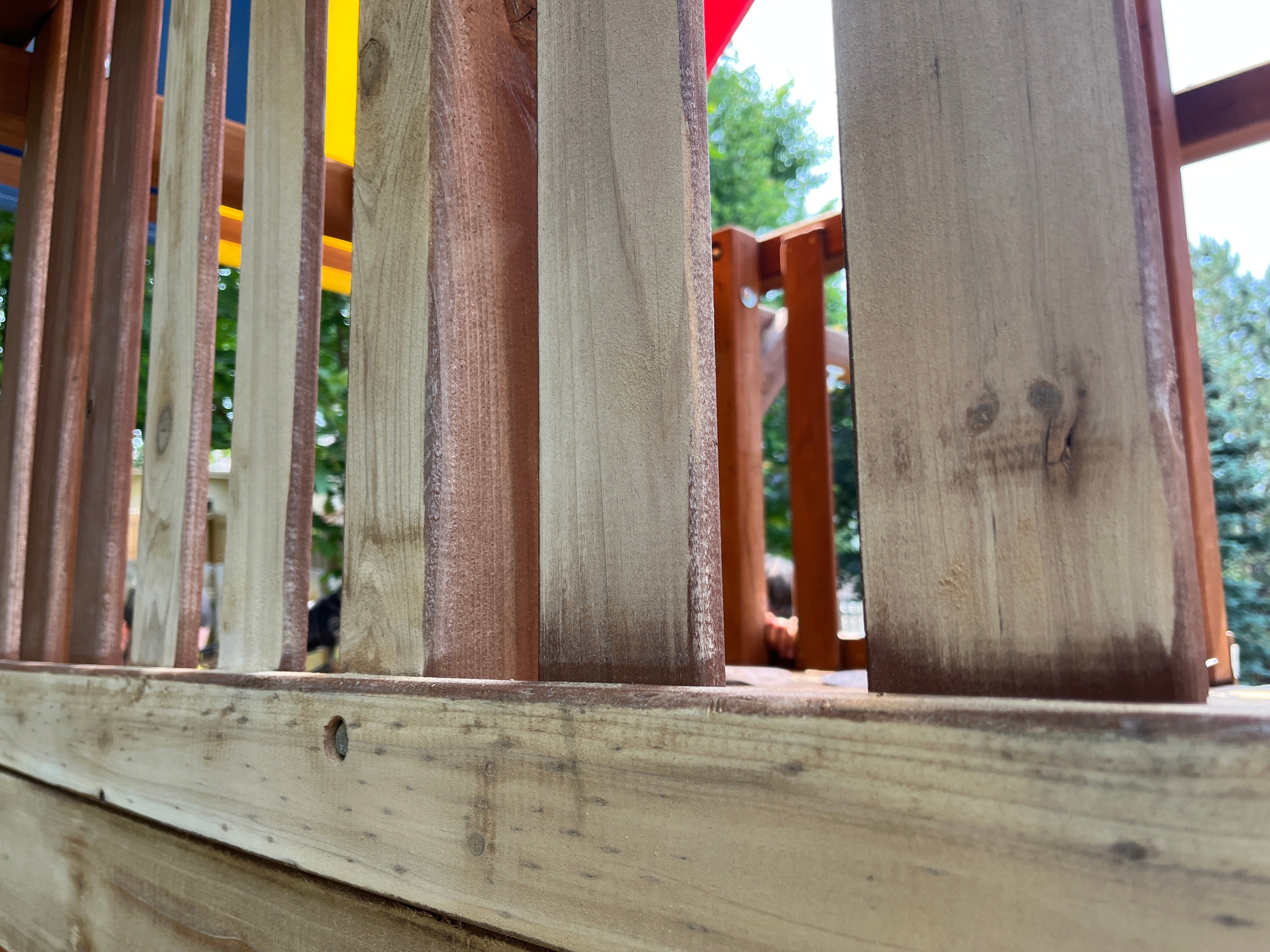
While learning about deck staining, you may not have realized that it might need to be sanded. Whether you are doing the project yourself or hiring a painter, it’s important that you know the best process for your deck so you don’t waste any money or time.
At Brush & Roll Painting in Omaha, NE, we have stained thousands of decks in the area. From 28+ years of experience, we have found what works in providing a quality stain job.
In this article, we’ll go over the topic of sanding before deck staining. Whether you're planning to DIY or hire a professional painter, by the end of this article, you’ll know what the best decision is for your deck.
Sanding Before Deck Staining
Let's cut to the chase: yes, you can technically paint over a stained wooden deck without sanding. But should you? That's where things get a bit sticky (and not in the good, fresh-paint kind of way).
Sanding is the key to a long-lasting, beautiful deck finish. It's the difference between a deck that looks good for a season and one that stands up to years of Nebraska weather (and we all know how that can be).
Most professional painters consider surface preparation, including sanding, to be the most critical step in ensuring a quality paint job. It's not just about making the deck look good on day one – it's about creating a finish that will still look great in a few years.

Sanding your deck before painting or staining just sets the stage for success. Here's why:
- Smooth Operator: Sanding smooths out rough spots, splinters, and raised wood fibers. This gives you a nice, even surface for the new paint or stain to adhere to. Think of it as ironing your shirt before a job interview – it just looks better.
- Removing old stains: If your deck has old, peeling paint, sanding helps remove a majority of it. Painting over flaky bits is like putting a Band-Aid on a leaky pipe – it might look okay for a minute, but it's not solving the real problem.
- Wood Grain: Sanding opens up the wood pores, allowing new paint or stain to really sink in and bond. This helps ensure that the stain is going to last. It’s not just a layer of stain sitting on a surface.
- Even Coverage: A sanded surface ensures more even coverage of your new paint or stain. No more patchy, blotchy finishes.
Learn more about the importance of sanding your deck before staining.
-Oct-02-2024-07-32-26-5336-PM.png?width=568&height=297&name=Blog%20Post%20Image%20Size%20(9)-Oct-02-2024-07-32-26-5336-PM.png)
Staining Your Deck Without Sanding
Now, let's say you decide to paint over that stained deck without sanding. What's the worst that could happen, right?
- Peeling Paint: Without proper adhesion, your new paint job might start peeling. A study by the National Association of Home Builders found that properly prepared surfaces can extend the life of exterior paint by up to 50%.
- Texture Troubles: That unsanded surface might leave you with a bumpy finish. Every imperfection in the wood will be highlighted, not hidden.
- Short-Lived Beauty: Your fresh paint job might look great... for about five minutes. Without proper preparation, you're likely to see wear and tear much sooner than you would with a sanded surface.
- Stain Struggles: If you're using stain instead of paint, skipping the sanding step means the stain might not penetrate evenly. You could end up with a patchy finish that looks more like a tie-dye experiment gone wrong than a professional deck job.
What To Expect if You DIY Sand Your Deck
Now, if you're a die-hard DIYer, you might be wondering if you can tackle this sanding business yourself. The short answer is: absolutely! But before you run out to rent a drum sander, let's break down what you're in for:
- Time Investment: Sanding a deck isn't a quick afternoon project. Depending on the size of your deck and its condition, you could be looking at anywhere from a full day to a whole weekend of work.
- Equipment Needs: For most decks, you'll want a power sander (like an orbital sander) for the main surfaces and hand sanding tools for the tricky spots.
- Physical Labor: Let's be real – sanding a deck is a workout. If you're not used to this kind of labor, you might be feeling it for a few days afterward.
- Dust Management: Sanding creates a lot of dust. You'll need to protect yourself (hello, dust mask!) and have a cleanup plan.
- Skill Level: While sanding isn't rocket science, there is a technique to it. Go too hard, and you might damage the wood. Too light, and you're not doing much good.
Making the Right Choice for Your Deck Staining Project
Your deck is more than just a few planks of wood – it's an extension of your home, a place where memories are made. Whether you're hosting summer barbecues, watching the kids play, or just enjoying a quiet evening under the stars, you deserve a deck that looks great and stands the test of time.
If you're looking for a quick refresh and don't mind potentially redoing the job sooner rather than later, painting without sanding might be tempting. But if you want a finish that will stand up to Nebraska's freezing winters and scorching summers, sanding is the way to go.
Whether you decide to DIY or bring in the pros, remember: prep work goes a long way in creating a finish that will have you enjoying your outdoor space for years to come.
Here at Brush & Roll Painting, we're passionate about helping Omaha homeowners create beautiful, long-lasting outdoor spaces. We've seen firsthand how a well-maintained deck can transform a home and boost its value. But more importantly, we've seen the joy on homeowners' faces when they step out onto their newly refreshed deck for the first time.
So, whether you're ready to roll up your sleeves and tackle this project yourself, or you'd rather leave it to the pros, the most important thing is to give your deck the care it deserves. And if you decide you want a little help from the experts, well, that's what we're here for.
Just click the button below, and we'll be happy to discuss your project, answer any questions, and help you with your deck staining project.
When hiring a painter for your deck staining project, or doing it yourself, you should be confident throughout the process so that you do not make any costly mistakes. To do so, download your free deck staining project checklist by clicking the button below!
Kaylea is the Brush & Roll Painting Content Manager. Kaylea is a Journalism and Media Communications summa cum laude graduate with a minor in Marketing from the University of Nebraska at Omaha. Kaylea manages the marketing for Brush & Roll Painting.
Topics:
















-Jul-23-2025-02-21-33-5468-PM.png?width=800&height=418&name=Blog%20Post%20Image%20Size%20(2)-Jul-23-2025-02-21-33-5468-PM.png)


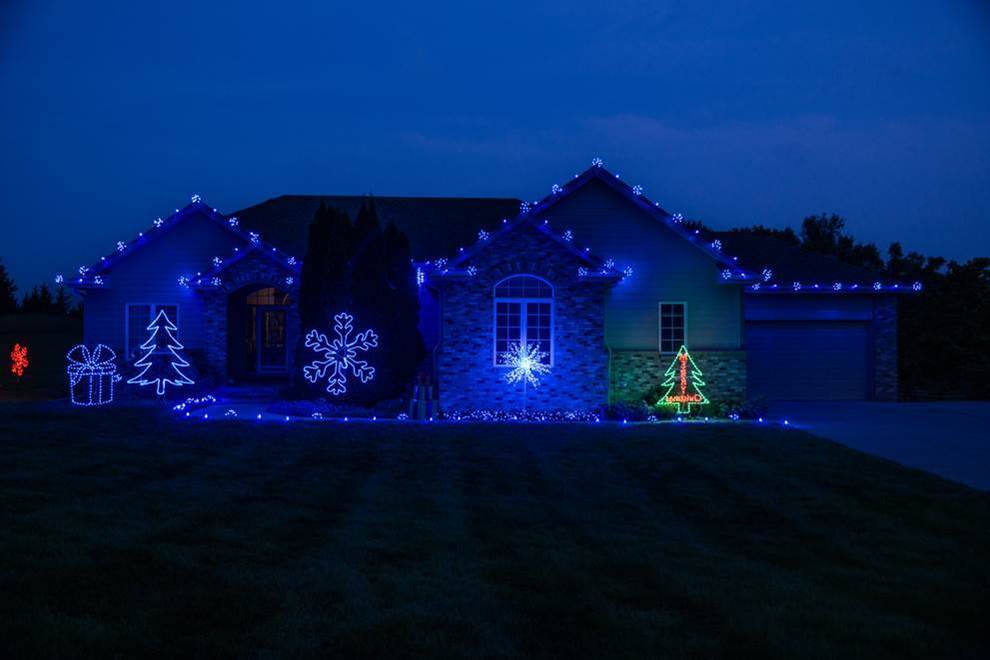
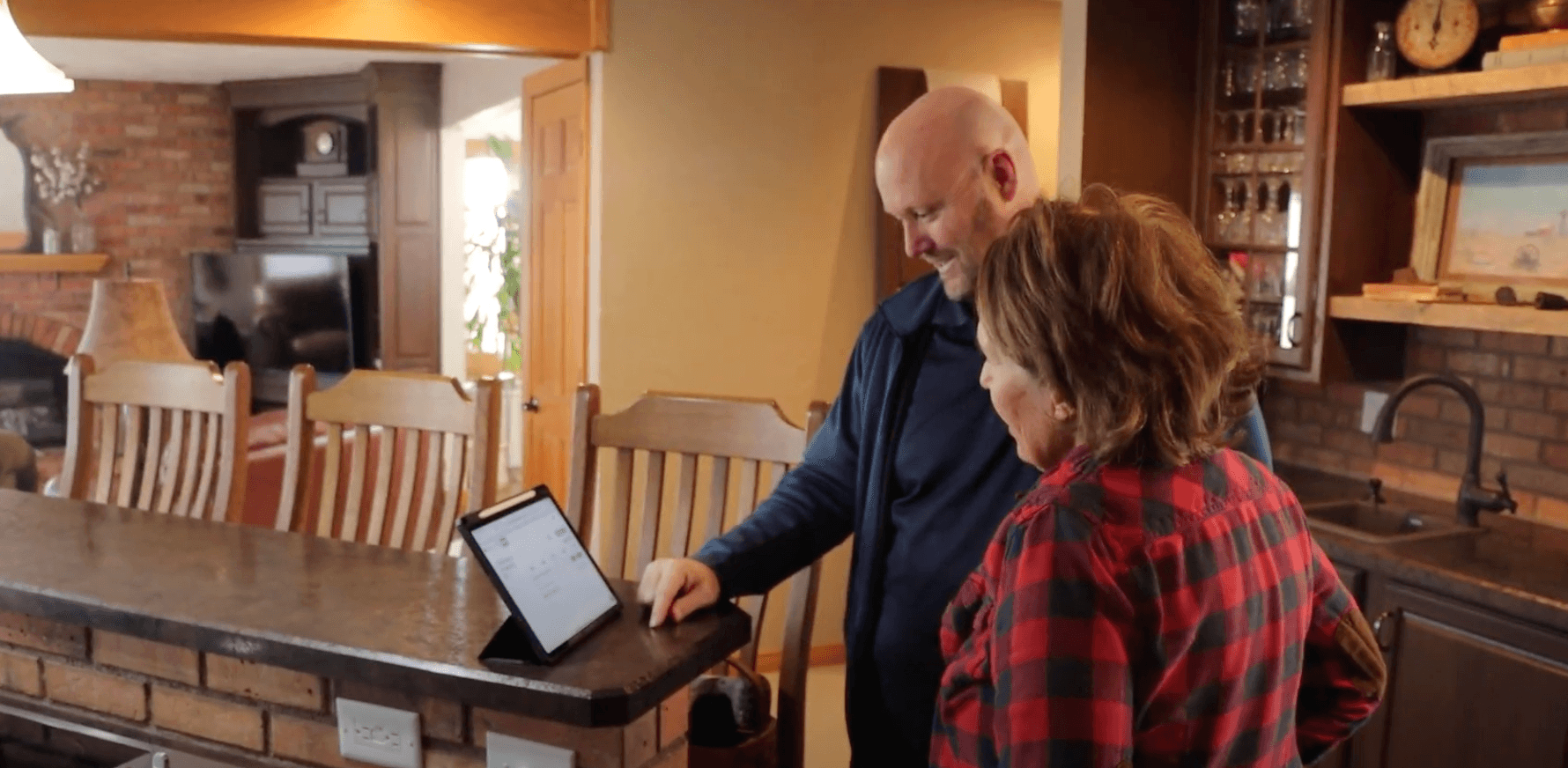
-Oct-22-2025-01-39-19-5208-PM.png?width=800&height=418&name=Blog%20Post%20Image%20Size%20(1)-Oct-22-2025-01-39-19-5208-PM.png)



